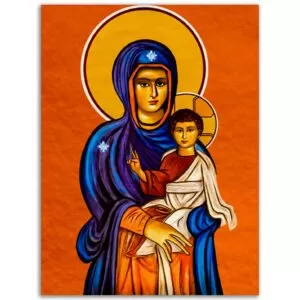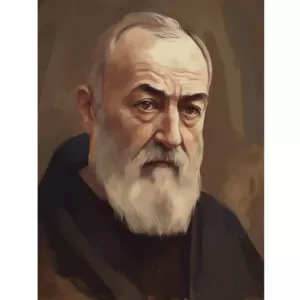Friday, November 3 : Saint John-Paul II

As the seventh day blessed and consecrated by God, the “shabbat” concludes the whole work of creation, and is therefore immediately linked to the work of the sixth day when God made man “in his image and likeness” (Gn 1:26). This very close connection between the “day of God” and the “day of man” did not escape the Fathers in their meditation on the biblical creation story. Saint Ambrose says in this regard: “Thanks, then, to the Lord our God who accomplished a work in which he might find rest. He made the heavens, but I do not read that he found rest there; he made the stars, the moon, the sun, and neither do I read that he found rest in them. I read instead that he made man and that then he rested, finding in man one to whom he could offer the forgiveness of sins”. Thus there will be for ever a direct link between the “day of God” and the “day of man”. When the divine commandment declares: “Remember the Sabbath day in order to keep it holy” (Ex 20:8), the rest decreed in order to honour the day dedicated to God is not at all a burden imposed upon man, but rather an aid to help him to recognize his life-giving and liberating dependence upon the Creator, and at the same time his calling to cooperate in the Creator’s work and to receive his grace. In honouring God’s “rest”, man fully discovers himself, and thus the Lord’s Day bears the profound imprint of God’s blessing (Gn 2:3), by virtue of which, we might say, it is endowed in a way similar to the animals and to man himself, with a kind of “fruitfulness” (Gn 1:22, 28). This “fruitfulness” is apparent above all in filling and, in a certain sense, “multiplying” time itself, deepening in men and women the joy of living and the desire to foster and communicate life.
Roman Catholic Ordinary Calendar – rosary,team
















